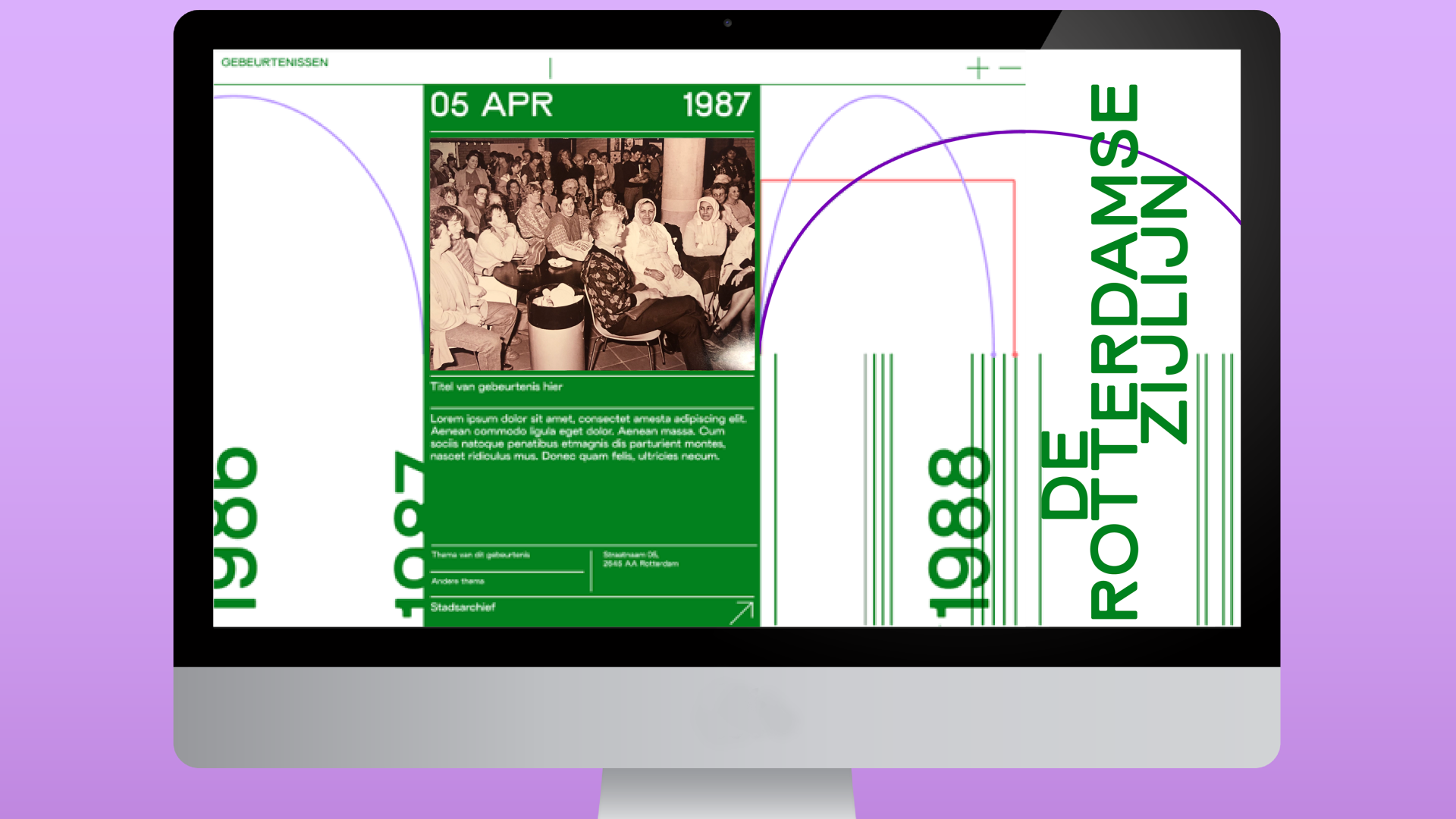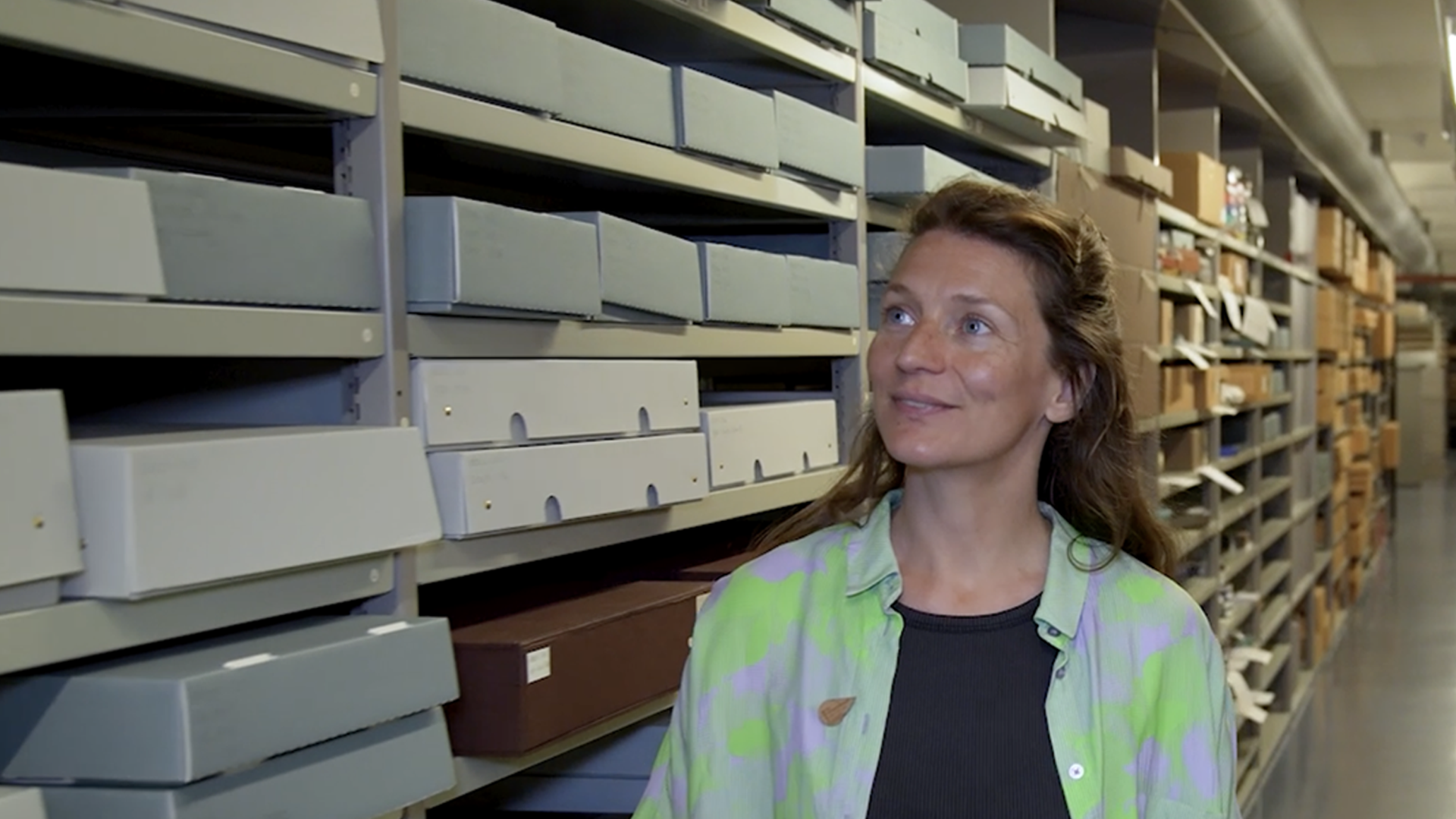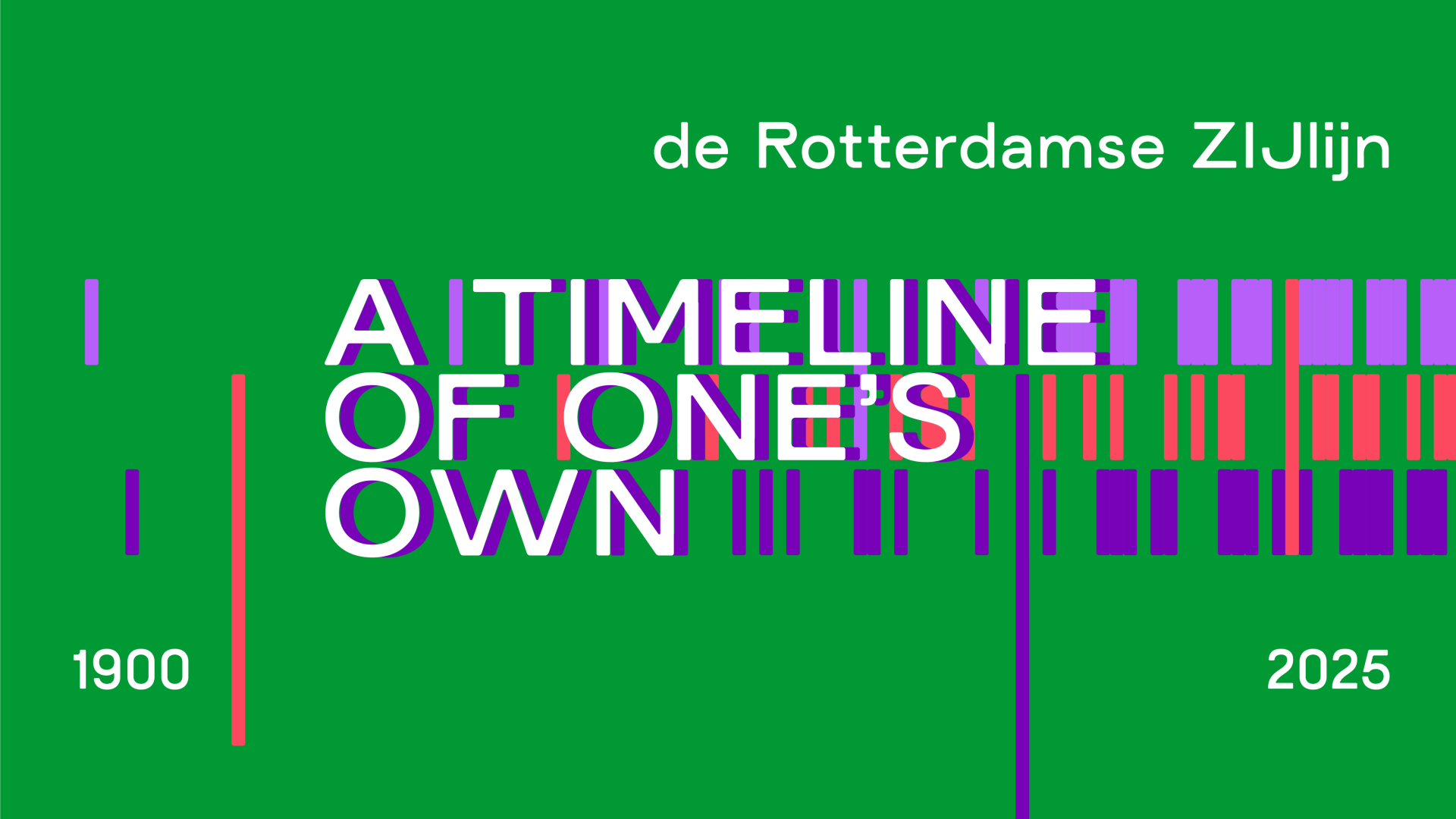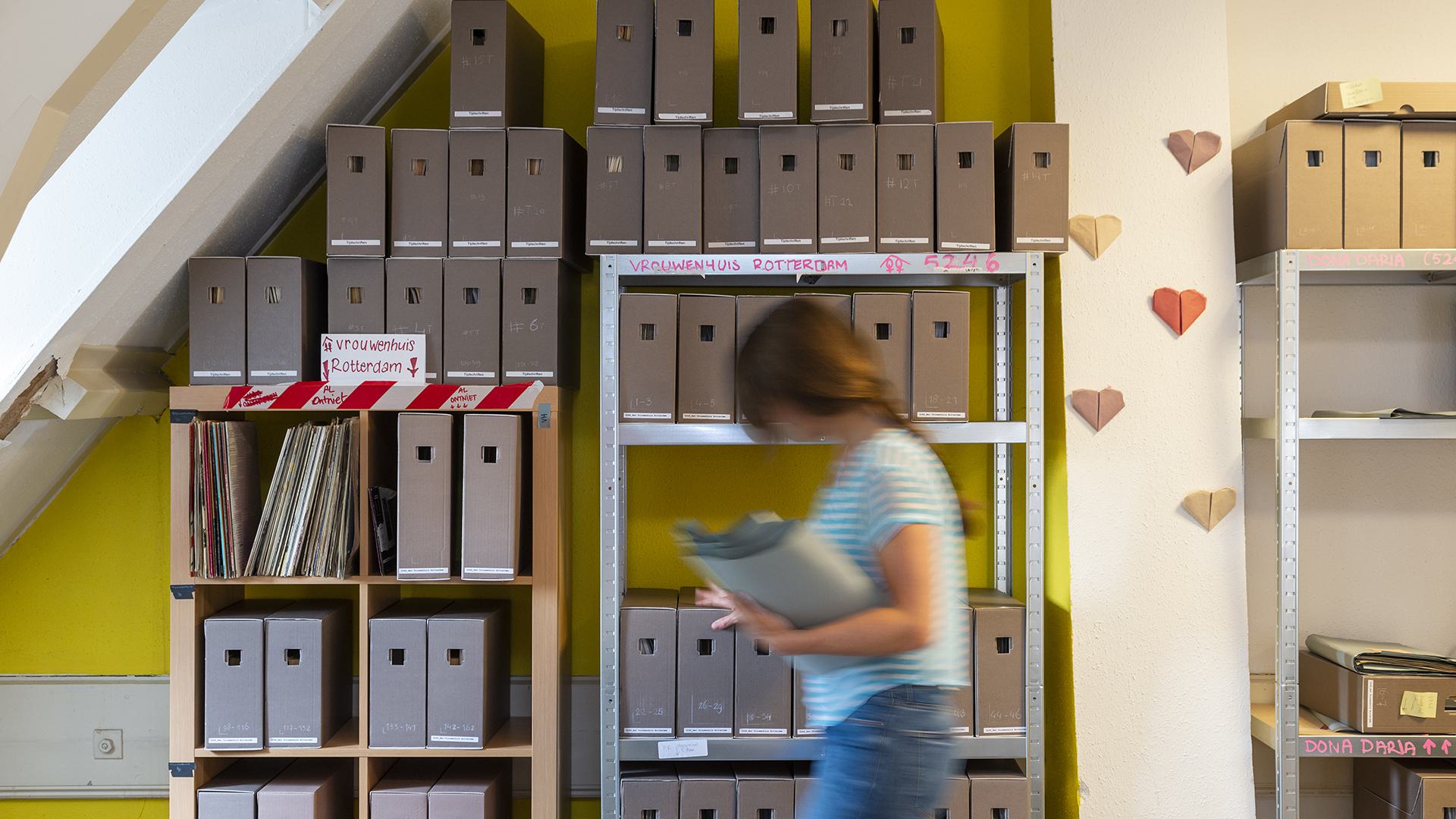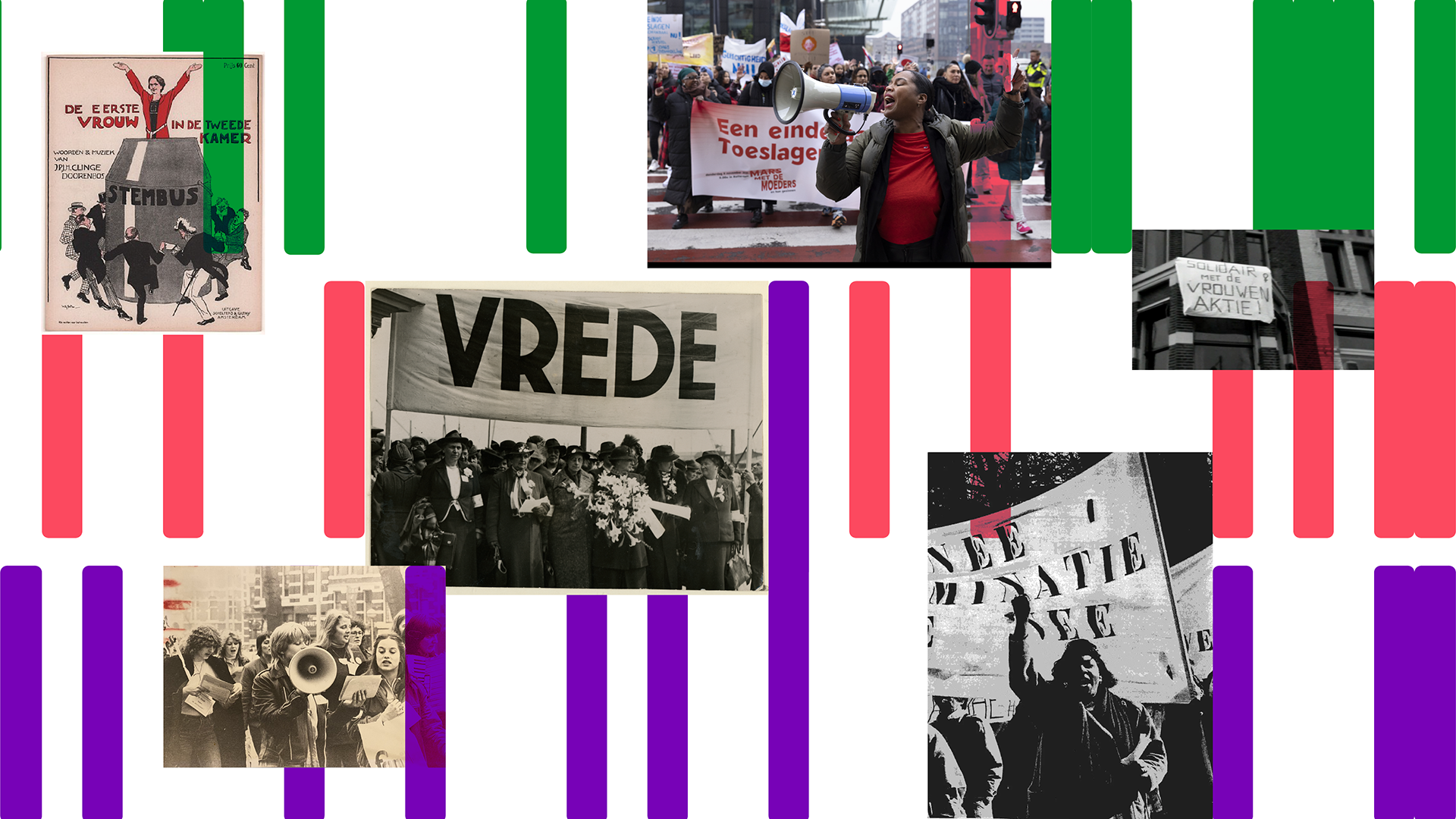a timeline of one's own
De Rotterdamse ZIJlijn is an online, public timeline that reveals the role of women in Rotterdam’s history from 1900 to 2025. It connects inspiring people, places and events that have often been overlooked, and serves as a gateway to archives, articles and sources about Rotterdam women.
Looking back and forward, the ZIJlijn offers a foundation for research, inspiration for new generations, and insight into what’s still missing. It is a test case and a call for reinventing and redesigning the way we present, access and see forgotten and erased histories.
At Dutch Design Week 2025, inventor and designer of the Rotterdam ZIJlijn, Anouk van Mil, will present an initial online prototype, created together with developer Karin Fischnaller. For nine festival days, Anouk will fill the ZIJlijn in the Red Box exhibition. Because representation demands awareness, choice and action. In true Rotterdam spirit: not just words, but deeds. Taking time, space and focus to make women visible in history is, in itself, a feminist act.
past > represent > future
Having access to a broader spectrum of historic narratives is not only a source of inspiration, it is a wake-up call. Representation isn't a matter of diversity, but of justice and equality.
The issues women have fought for since the early 1900s remain strikingly relevant today. From safety and self-determination to equal pay, care, education and leadership.
When stories and perspectives are left out, f.e. those of women, history becomes one-sided and inequality is quietly reinforced. By highlighting their names, actions and achievements, De Rotterdamse ZIJlijn aims to increase their representation.
the maker: social change designer Anouk van Mil
De Rotterdamse ZIJlijn is a project by Anouk van Mil, a Rotterdam-based social change designer and co-founder of the city-wide theme year the Rotterdam Year of Women. Her work centers on equality, emancipation and representation.
Using communication, design and history, she explores how stories shape our view of society. To make visible what is unseen, audible what is unheard and connect what has seemed unrelated. Keeping in mind that how, what, where, about and to whom we communicate is a conscious social act, with social consequences we should be conscious about.
 Dogs are allowed
Dogs are allowed
 Free wifi available
Free wifi available
 Toilets available
Toilets available
 Partially wheelchair accessible
Partially wheelchair accessible
 Wheelchair friendly toilet available
Wheelchair friendly toilet available
